Production Process of Adhesive Plastic Film
2025-04-08
The production of adhesive plastic film is a well - organized, multi - step process that combines raw material preparation, film formation, adhesive application, and finishing touches.
Raw Material Preparation
High - quality plastic polymers, such as polyethylene (PE), polypropylene (PP), or PVC, serve as the base materials. These polymers are carefully selected and blended with additives like stabilizers, plasticizers, and colorants. The additives enhance the film’s performance, flexibility, and appearance.
Film Extrusion
The mixture is fed into an extruder. Inside, it is heated to a specific temperature, melting the polymers. The molten plastic is then forced through a die, shaping it into a continuous film. The thickness of the film is precisely controlled by adjusting the extrusion speed and die settings.
Adhesive Coating
After extrusion, the film moves to the adhesive coating station. Here, a thin layer of adhesive is evenly applied to one side of the film. The adhesive type varies depending on the film’s intended use. Solvent - based, water - based, or hot - melt adhesives are common choices.
Drying and Curing
The coated film passes through a drying chamber to remove solvents or moisture from the adhesive. Heat is applied during this stage to accelerate the drying process and ensure the adhesive cures properly, forming a strong bond with the plastic film.
Lamination and Slitting
For some applications, multiple layers of film may be laminated together to enhance strength and functionality. Finally, the large - scale film is slit into the desired widths and lengths, packaged, and made ready for distribution to various industries, including packaging, construction, and automotive.
This well - defined production process ensures that adhesive plastic films meet the diverse requirements of different sectors.
You Might Also Like
-
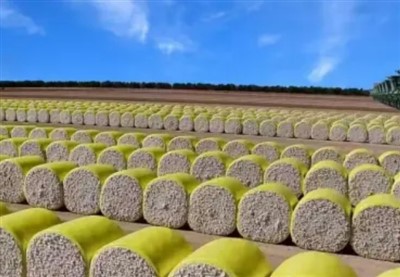
what are the advantages of cotton packaging film
-
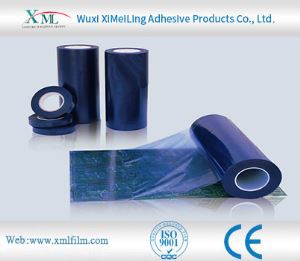
How does pe protective film cope with high temperature environment
-

The Advantages of Cotton Wrap Film
-
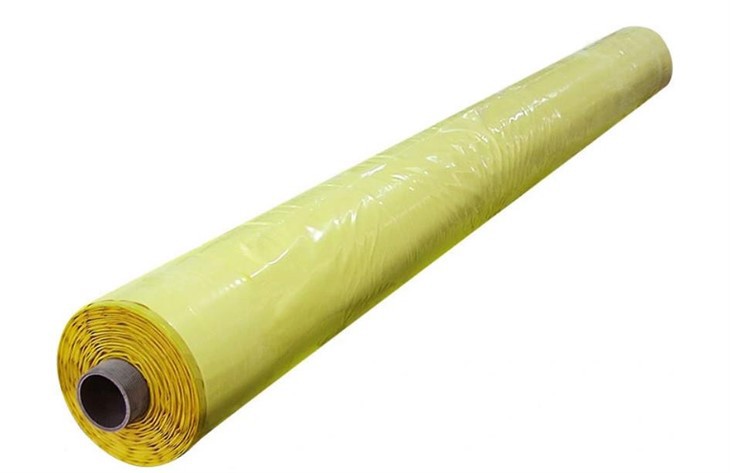
Advantages of Cotton Bale Wrap Film
-
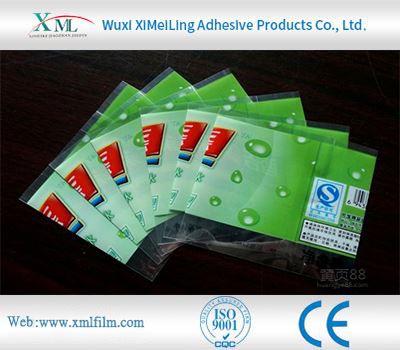
How Polyethylene Packaging Material Copes with High Temperature Environment
-
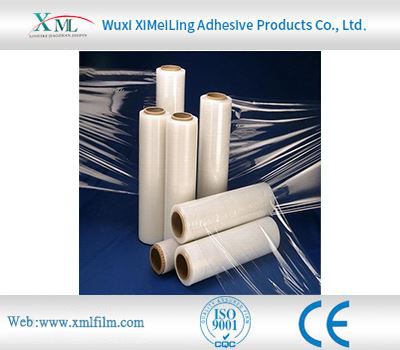
How to Remove Protective Transparent Plastic Film Without Damaging the Surface
